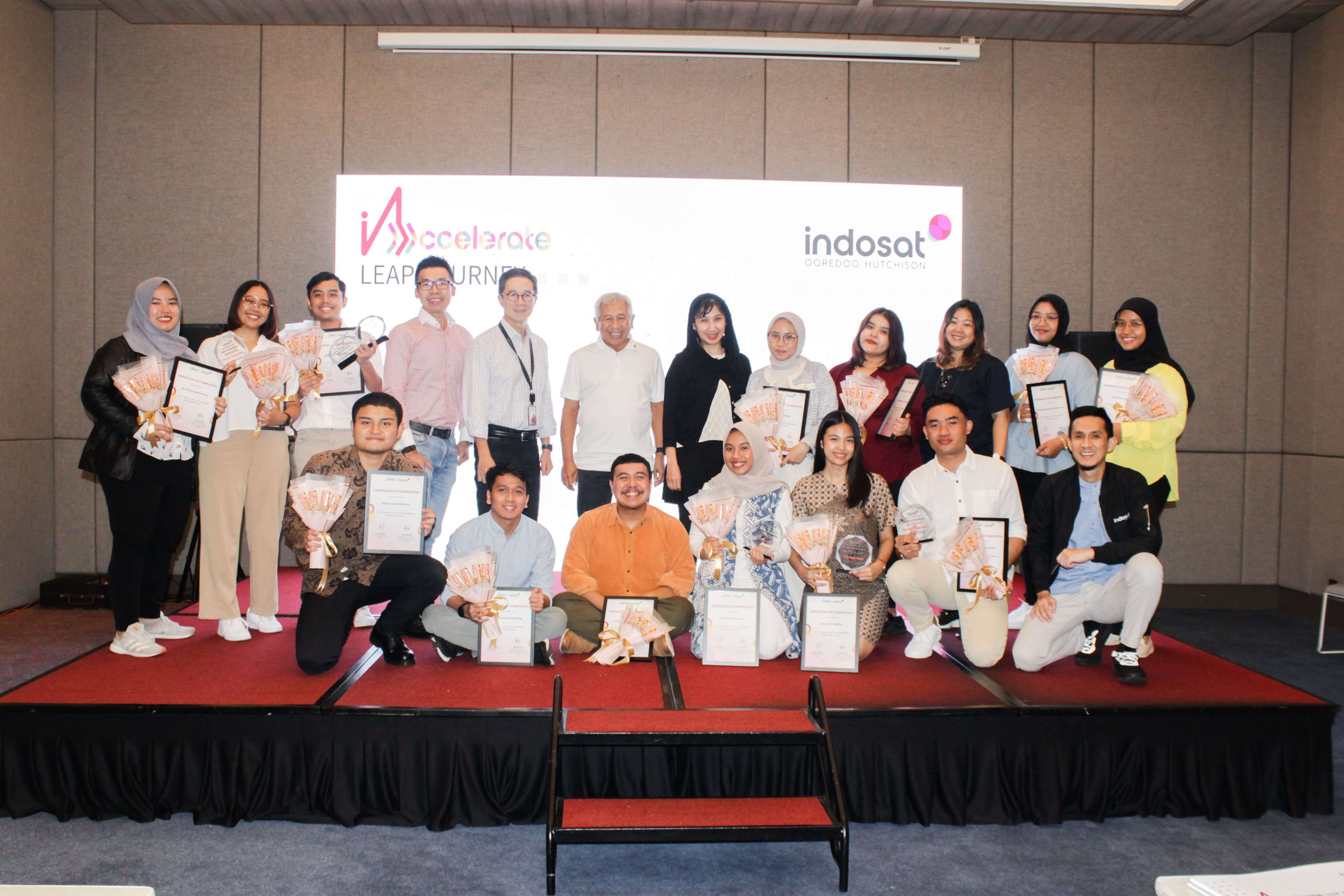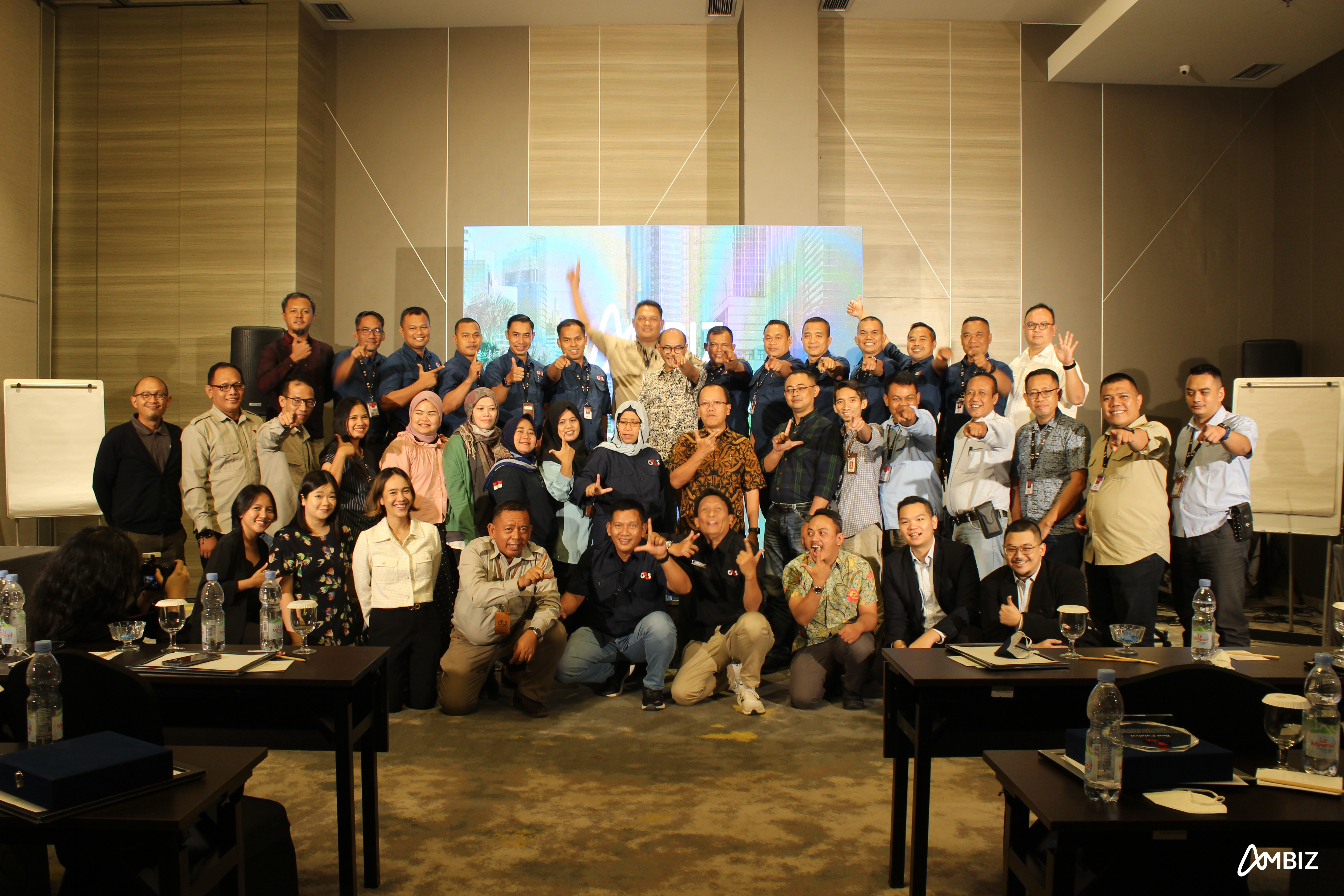AMBIZ
VIEWS
Overcoming
Employees’ Resistance to Change with Support and Transparency
Change is
inevitable, and if the world itself keeps on changing, let alone an organization. As the market and
industry trend demand changes from organizations, to ensure that it’s still able to stand tall on
their own feet despite the harsh wind coming from left and right, developing its people are one of
the most crucial things to do—after all, organizations are vessels and vessels need crews to
navigate it to safety in the face of the upcoming storm.
Some
people treat change like an old friend whom they welcome with open arms, then followed by a warm
hug, but for others, it is a threat they despise for it will stray them from their usual path and
may lead them to a different destination they have in mind originally. So, how can organizations
face and deal with their people who fall into the latter category? How can they provide new learning
for them when they refuse to change in the first place? Before we get into the ‘how’, let’s step
back and get into the ‘why’ first.
Remember, Your Employees are People and Most
People Fear the Unknown
There are
two main reasons for employees’ resistance to change, with the first one being fear of the change
itself. People are creatures of habit and routine, and some find comfort in these. So the thought of
doing or learning something new can invoke fear inside of them as something new means bidding
goodbye to their comfort zone and greeting the unknown. If we pull it into the organizational
context, one of the issues in transformation is revolving around skillsets, how these individuals
fear that their expertise may no longer be relevant due to the upcoming changes and it will lead
them to be replaced.
The second
one is the lack of understanding of the upcoming change. As a leader, we cannot assume that our
employees know the importance of transformation despite it being obvious to us. So, what matters the
most during this fragile transition? Transparency. Management’s transparency to its employees can
also prevent any rumors that will only make the employees skeptical about the change. The less
information one has, the more assumptions one will eventually create.
Support and Transparency—Two Small yet Crucial
Factors We Sometimes Overlook
To deal
with employees’ resistance to change, first and foremost, organizations must address the two main
reasons that have been mentioned above. They should safely tamper down the worry and the fear in
their employees by providing them with reasons why the change is necessary and how it will benefit
the organization as a whole. This can be done effectively in a town hall meeting attended by every
individual in the organization.
After the
understanding is given and the hearts of these individuals are ready to open and welcome the change,
here comes the actual learning process. The learning approach will depend on the situation of the
participants, if the competency gap is palpable, then a learning program can be conducted
immediately, but should the problem lay in the lack of willingness to pursue the transformation,
then there should be a session where employees can learn about the change a bit closer—or even
participate first-handily in the transformation based on their line of work.
Lastly, to
wrap it up, this learning process will be futile without the existence of management’s support at
every step along the way and any given rewards for the participants should feel reinforced by the
organizations and included as the agent of change.
In
conclusion, embracing change and fostering a culture of continuous learning are imperative for
organizations to thrive amidst the ever-evolving market and industry trends. Acknowledging that some
of your employees may view change as a daunting prospect is crucial, and addressing their fears and
concerns with transparency and support is just as essential before pushing them towards the
transformation.
 CREDENTIALS PROGRAM
CREDENTIALS PROGRAM









